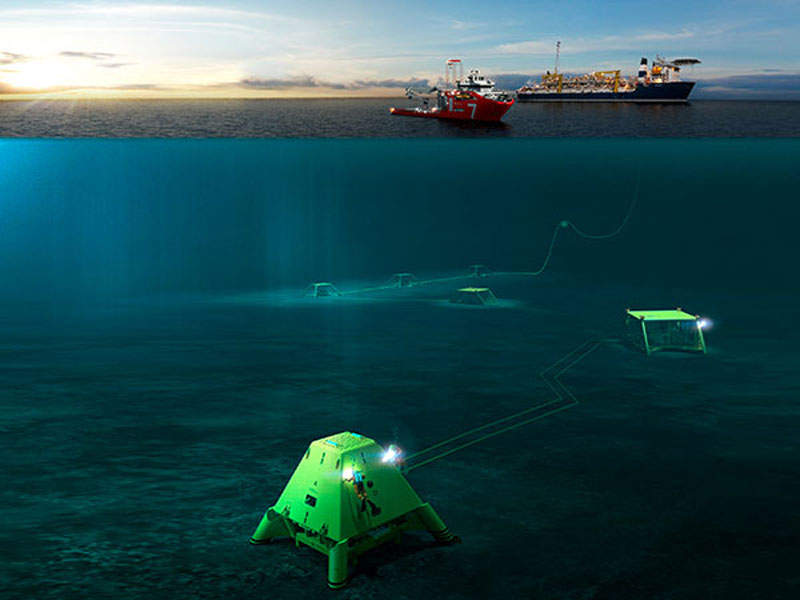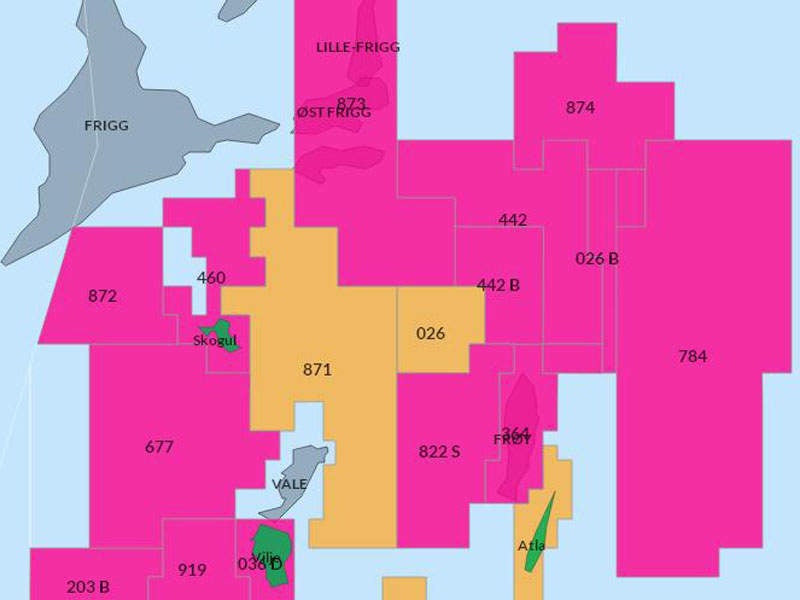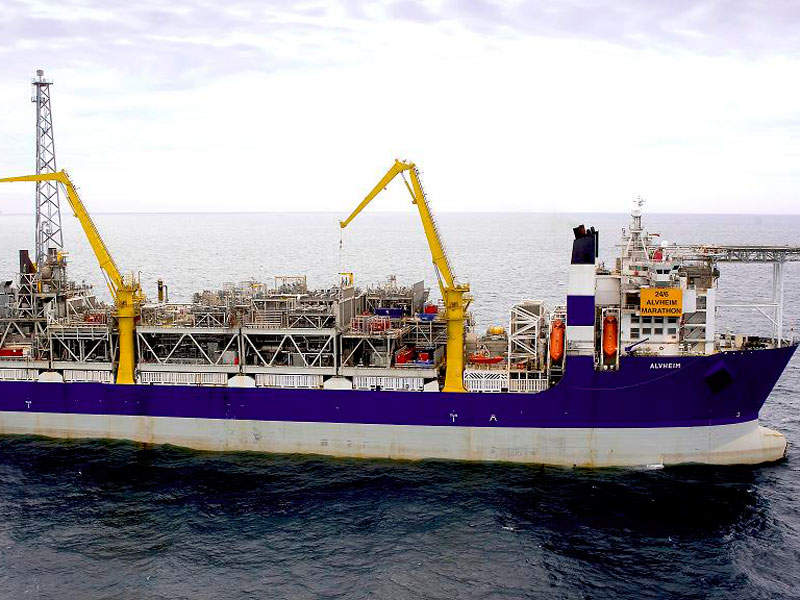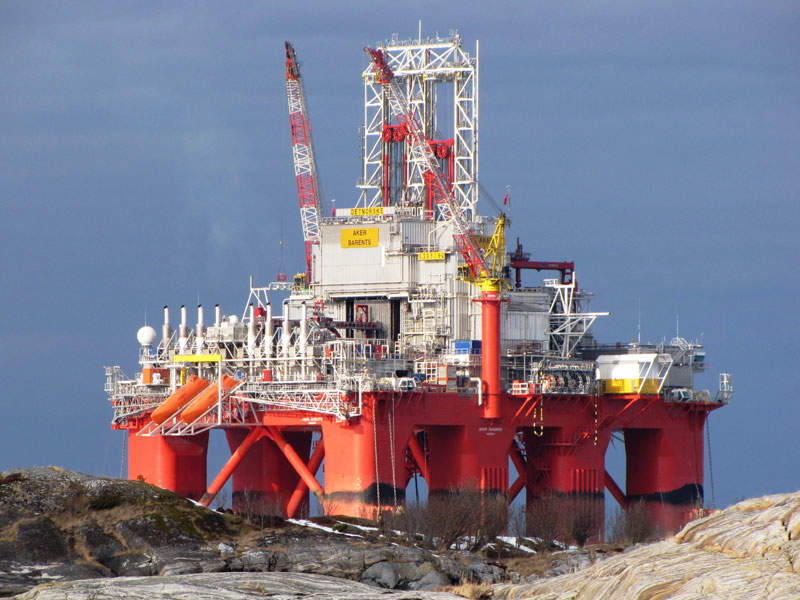The Skogul oilfield (formerly Storklakken) is located in the central part of the Norwegian North Sea within production licence (PL) 460, approximately 30km north-east of the Alvheim field.
The field lies in water depths of 110m at a distance of 12km from the abandoned Frigg field and 220km north-west of the Stavanger field.
Aker BP (operator, 65%) and PGNiG Upstream Norway (35%) jointly own the Skogul field and are currently developing it with an estimated investment of Nkr1.5bn ($181m).
The oilfield’s plan for development and operation (PDO) was initially approved in March 2018.
First oil from the field is expected in the first quarter of 2020.
The peak production from the field is expected to be around 1.4 million barrels of oil.
Skogul oilfield geology and reserves
The Skogul reservoir holds high-quality oil with a minor gas cap located in the Eocene age sandstone of the Frigg Formation at a depth of roughly 2,100m.
The field’s total recoverable reserves are estimated to be ten million barrels of oil-equivalent (Mboe).
Discovery and appraisal of Skogul oilfield
The Skogul oilfield was discovered in April 2010 by the 25/1-11 exploration well, which was drilled using the Aker Barents drilling rig to a total depth of 2,298m.
A 9m column of good-quality oil was discovered in the upper part of a sandstone unit by the well.
A subsequent side-track appraisal well, 25/1-11 A, was drilled to a total depth of 2,225m.
The well encountered a 19m oil column and a 1m gas column.
The proven hydrocarbon volumes in the wells were approximated to be between 7Mboe and 12Mboe.
Both the 25/1-11 and 25/1-11 A wells were drilled until they encountered Palaeocene-age rock in the Heimdal formation.
Skogul oilfield development details
The Skogul oilfield will be developed using a two-lateral production well, which will be drilled from a subsea template tied back to the Vilje field.
Oil will be produced by depletion and natural aquifer support.
Oil and gas produced from the site will be transported to the Alvheim field FPSO via an 18km-long pipeline for processing.
The pipeline will feature pipe-in-pipe technology and polypropylene-coated steel outer pipes.
The development will also include two manifolds, a control system and umbilicals.
Contractors involved
Aker Solutions has been contracted to provide a subsea production system for the development of the Skogul field.
The company will also conduct subsea works for the project as part of a collaboration with Aker BP and Subsea 7.
Project management and engineering activities for the subsea system are set to be carried out at Aker Solutions’ facilities located in Tranby and Fornebu in Norway, as well as Aberdeen, UK; and Pune, India.
The engineering procurement, construction and installation contract for the Skogul field pipeline was awarded to Subsea 7.
The pipeline is scheduled to be installed using the reel-lay method between 2019 and 2020.
Corinth Pipeworks Pipe Industry was subcontracted by Subsea 7 to manufacture and supply steel pipes for the subsea tie-backs at the oilfield.
The company will manufacture the pipes at its pipe mill in Thisvi, Greece, in 2018.











